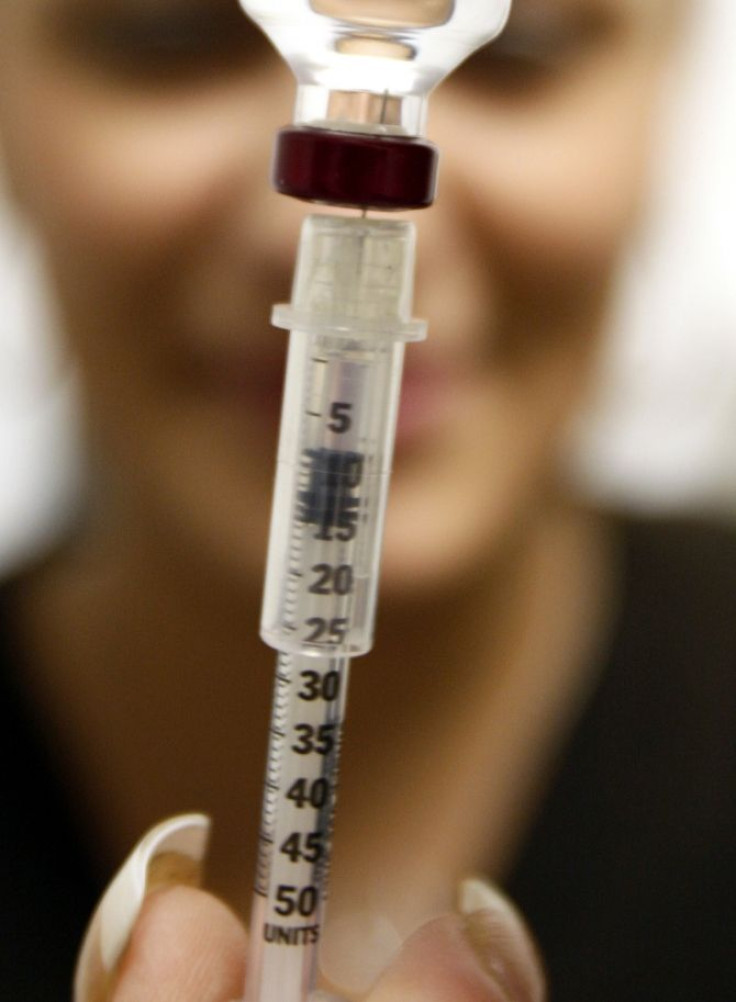Pioneering Treatment May Lead Type 1 Diabetes Patients to Produce Their Own Insulin

A novel treatment for diabetes could be a cure for the life-threatening condition.
Ann Adair, a woman from Binghamton in the United Kingdom, suffers from type 1 diabetes. Unlike with type 2 diabetes, in which the body does not produce enough insulin or cannot recognize the insulin that it does make, type 1 diabetes is characterized by the body's complete inability to produce insulin because the body destroys the cells that make the substance. The condition can be managed by daily shots of insulin, but can sometimes lead to hypoglycemic shock which can, in turn, lead to comas.
While the autoimmune condition can strike at any age, it mostly develops in children and in young adults. In Ms. Adair's case, she was diagnosed with the disorder at the age of 19, though the symptoms have become worse with age.
However, a breakthrough procedure performed three weeks ago is already reversing her symptoms. Doctors transplanted the Islet cells from the pancreas of a dead patient into Ms. Adair's body. The procedure could mean that the body may be able to produce insulin once more, providing a cure for the estimated three million people with type 1 diabetes in the United States.
The pancreatic cells, known as the islets of Langerhans, are composed of a variety of cell types. Among them are beta cells, which produce insulin.
Adair says that the procedure has turned back time for her. Only three weeks later, her dose of insulin is significantly lower. Before, she suffered from about five hypoglycemic attacks a week; now, she is down to a mere one.
The treatment is minimally invasive and takes only 45 minutes. If the procedure performs as well as doctors hope, patients can decrease the amount of insulin shots - or maybe forgo them entirely.
Another recent study suggested the possibility of a nasal spray for sufferers of diabetes.



























